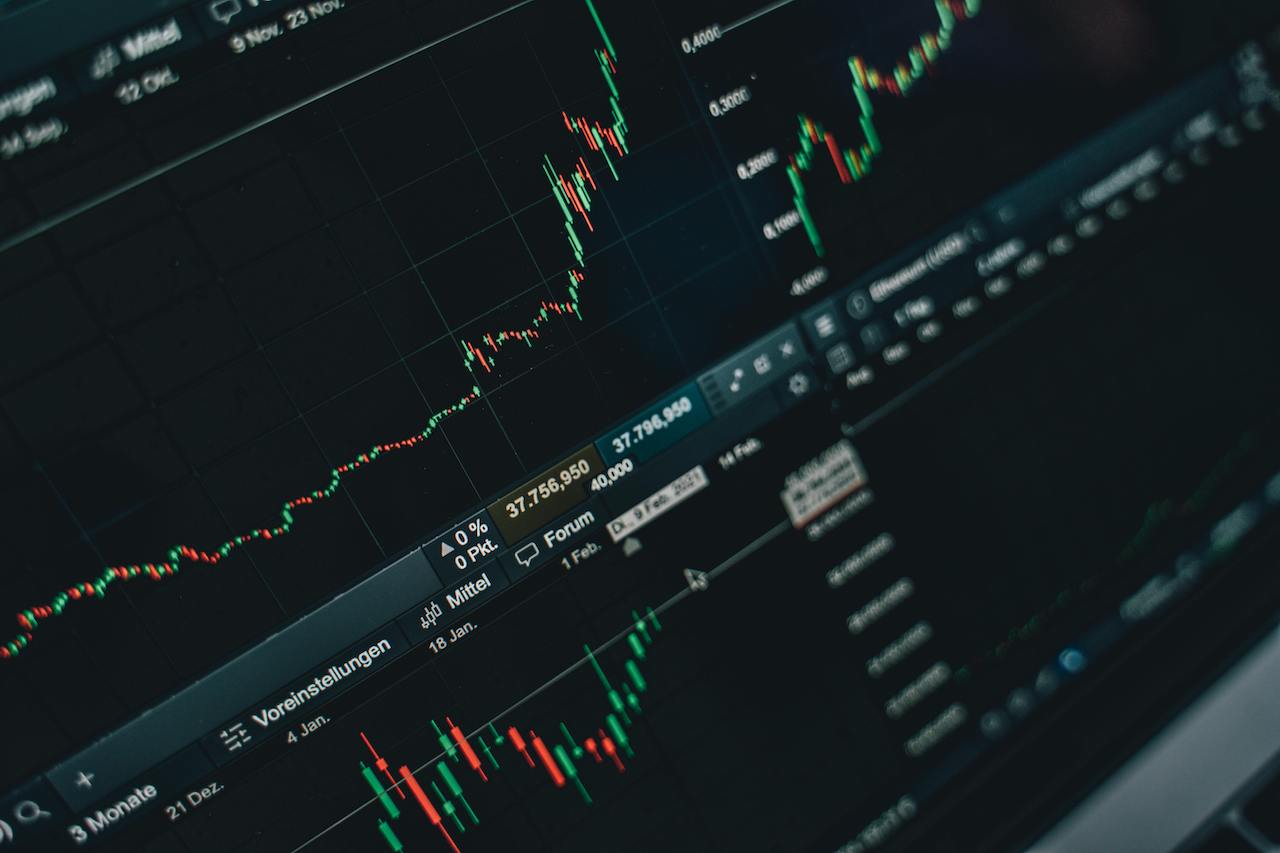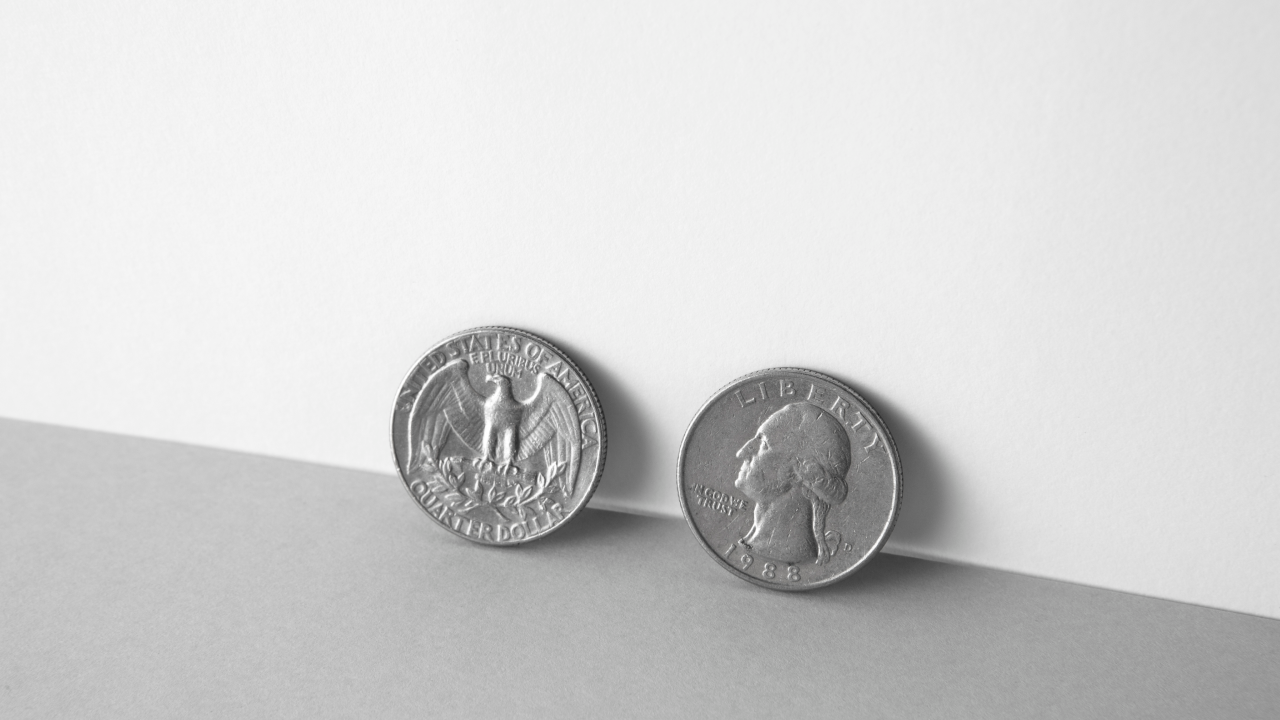The foreign exchange spot market, often called “Forex Spot,” is where currencies are traded for immediate delivery. Participants exchange currencies at the current market rate in the spot market, unlike other financial markets.
Understanding how the forex spot market works is essential for anyone involved in global finance, trade, or investment. This market is important because it exchanges different currencies in real-time for immediate delivery. Having this knowledge is crucial for participating in international finance.

What is a Foreign Exchange Spot?
A foreign exchange spot is an immediate or near-immediate trade of one type of money for another. In the Forex market, trading involves the direct exchange of currencies at the current market rate.
The Forex market consists of participants, including central banks, commercial banks, financial institutions, hedge funds, corporations, and individual traders. Each player has a different role, ranging from hedging currency risk to speculating on currency movements.
Understanding the Foreign Exchange Spot Rate
The spot rate foreign exchange is the most commonly quoted price for currency pairs and is used for individual forex trades. It represents the value of currencies today compared to at some point in the future, like with forward rates.
In 2019, the global forex spot market had a daily turnover of over $6.6 trillion, making it larger in nominal terms than the equity and bond markets. Large banks establish spot rates and then publish them worldwide through forex brokers.
Brokers who use currency futures contracts mostly manage forex contract delivery, which spot rates don’t consider. Brokers have to roll these contracts each month or week, and they pass the costs on to their customers.
To manage their risk and provide liquidity, forex dealers often use the bid-ask dealing spread and a rollover credit or debit to offset these costs, depending on the currency pair and position.

How The Foreign Exchange Spot Market Works
Forex spot transactions are the most straightforward and commonly used form of currency trading. Here are the basics of how they work.
1. Quotation and Trading
Forex spot market currency is quoted in pairs, such as EUR/USD (Euro/US Dollar). The first currency in the pair is the base currency, and the second is the quote currency. The quoted price shows how much of the quoted currency is required to buy one unit of the base currency.
2. Execution and Settlement
When a trade is executed, one party agrees to buy a currency while the other agrees to sell it at the agreed-upon rate. Spot transactions typically settle within two business days, meaning the actual exchange of currencies occurs within this period. The process involves transferring currency from one party’s account to another.
3. Determination of Forex Spot Rates
The spot rate is determined by various factors, including:
- Supply and Demand: The most fundamental determinant is where higher demand for a currency increases its value, while higher supply decreases it.
- Economic Indicators: GDP growth, employment rates, and inflation impact currency values.
- Interest Rates: Central banks’ interest rate policies influence the attractiveness of a currency for investors.
- Political Stability: Currencies of politically stable countries tend to be stronger due to lower risk.
- Market Sentiment: Traders’ perceptions and reactions to news and events cause short-term fluctuations.
The Advantages of The Foreign Exchange Spot Market
The Forex Spot Market is renowned for its unique advantages that attract a diverse range of participants, from large financial institutions to individual retail traders.
This market is the largest and most liquid in the world, offering various benefits that make it a favorable platform for currency trading. In this article, we will explore the key advantages of the Forex spot market in detail.
1. High Liquidity
The Forex spot market boasts a daily trading volume exceeding $6 trillion, making it the most liquid financial market globally. This high liquidity ensures traders can execute large orders without significantly affecting the market price.
Due to its liquidity, traders can easily enter and exit positions. This means that traders can buy and sell currencies swiftly, reducing the risk of slippage and ensuring that orders are filled at the desired prices.
2. 24-Hour Market
The spot foreign exchange trading operates 24 hours a day, five days a week. This continuous trading environment allows participants from different time zones to trade conveniently. The market opens on Sunday evening and closes on Friday evening, providing ample opportunities for trading around the clock.
With trading sessions spanning major financial centers such as London, New York, Tokyo, and Sydney, traders can respond to news and events in real time. This global reach ensures that the market is always active, regardless of the time of day.
3. Low Transaction Costs
In the Forex spot market, transaction costs are primarily reflected in the spread—the difference between the bid and ask prices. Due to the market’s high liquidity and competition among brokers, spreads are typically very tight, leading to lower costs for traders.
Many brokers in the spot foreign exchange market offer commission-free trading, relying on the spread for their earnings. This further reduces the cost of trading compared to other financial markets where commissions are common.
4. Leverage Opportunities
Leverage allows traders to control a large position with relatively small capital, significantly amplifying potential gains from favorable market movements. For example, a leverage ratio of 100:1 means that a trader can control $100,000 with just $1,000 of their own money.
Different brokers offer varying levels of leverage, providing traders with the flexibility to choose the leverage ratio that suits their risk tolerance and trading strategy. However, it is important to use leverage cautiously, as it also increases the potential for significant losses.

5. Accessibility and Ease of Use
Advancements in technology have made the Forex spot market more accessible than ever. Online trading platforms provide user-friendly interfaces, real-time market data, charting tools, and other resources that help traders make informed decisions.
The Forex spot market is accessible to many participants, including individual retail traders. With relatively low initial capital requirements, individuals can start trading with modest investments. This inclusivity democratizes currency trading, allowing more people to participate.
6. Transparency
The Forex spot market offers high levels of transparency, with real-time access to market prices, news, and data. This transparency helps traders stay informed about market conditions and make timely decisions.
Various financial authorities worldwide regulate and oversee the decentralized Forex market. Reputable brokers adhere to regulatory standards, ensuring fair trading practices and the protection of traders’ interests.
7. Diversification and Hedging
The Forex spot market provides an excellent opportunity for diversification. Traders can invest in a wide range of currency pairs, reducing their reliance on the performance of a single currency or asset class.
Corporations and investors use the Forex spot market to hedge against currency risk. By taking positions in different currencies, they can protect their investments from adverse currency movements and mitigate potential losses.
The Foreign Exchange Spot Market is a vital part of the global financial ecosystem, offering unparalleled liquidity, simplicity, and transparency. Understanding how this market works, the factors influencing spot rates, and practical trading strategies can empower traders to make informed decisions and navigate the complexities of Forex trading.





